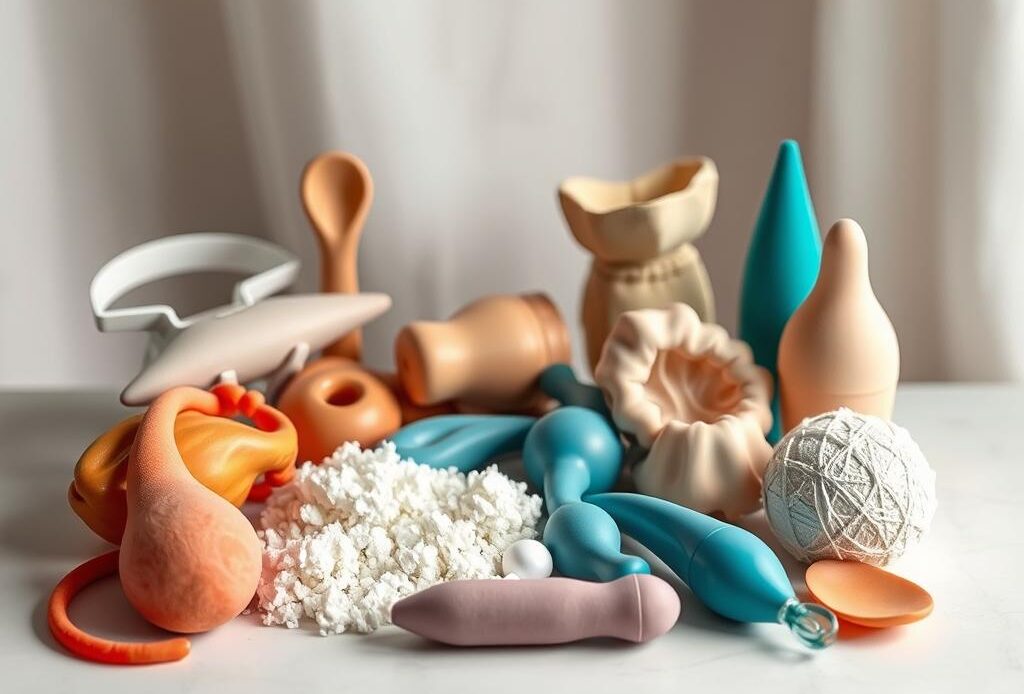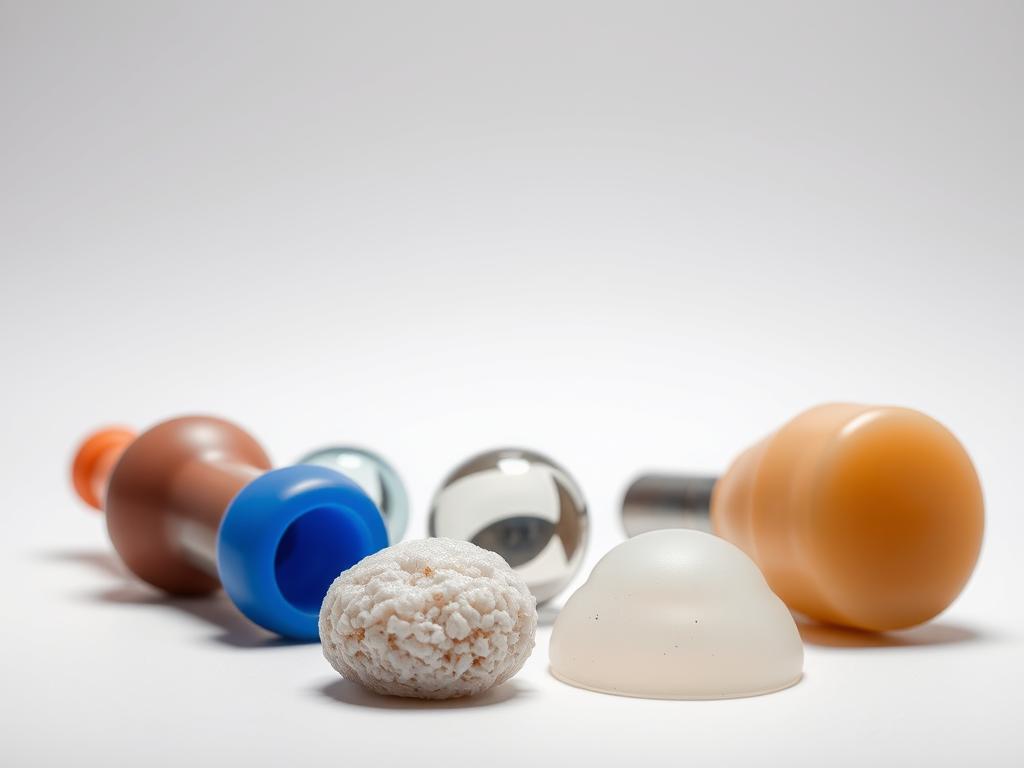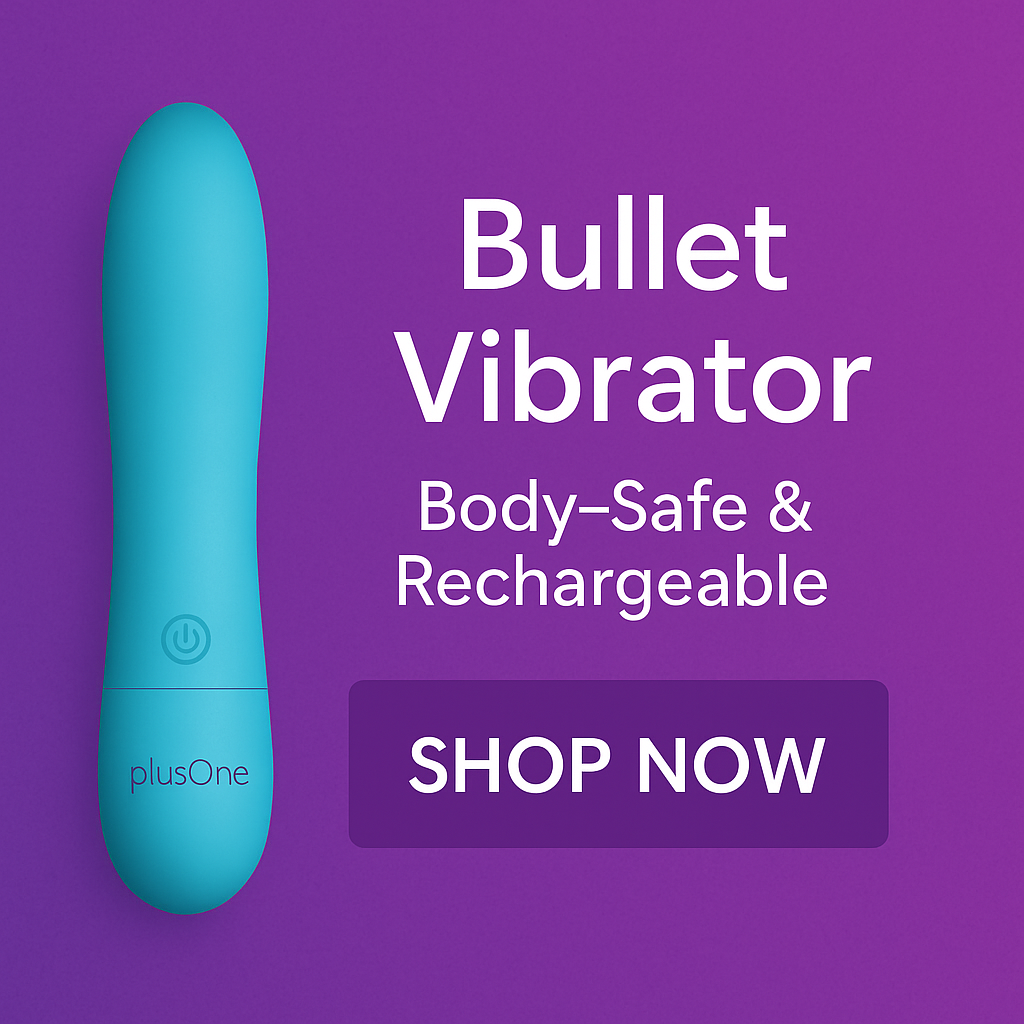
Your well-being matters just as much as your pleasure. While intimate products can enhance personal experiences, not all are created equal. Shockingly, many lack proper oversight, leaving shoppers to navigate hidden risks like toxic chemicals or porous materials that harbor bacteria.
We often assume these items undergo rigorous testing, but the reality is different. Weak regulations mean manufacturers aren’t required to disclose ingredients. This leaves harmful substances like phthalates—linked to hormonal disruptions—lurking in low-quality plastics. Even subtle details, like a strange odor or vague labeling, can signal trouble.
Our goal is simple: empower you with knowledge. By learning to identify red flags and prioritize body-safe materials like medical-grade silicone, you’ll make confident choices. Let’s explore how material quality, ethical practices, and smart shopping habits protect both your health and satisfaction.
Key Takeaways
- Many intimate products lack regulation, risking exposure to harmful chemicals.
- Unusual smells or unclear ingredient lists often indicate low-quality materials.
- Phthalates and porous surfaces can compromise long-term wellness.
- Medical-grade silicone and ABS plastics are safer alternatives.
- Ethical brands prioritize transparency about material safety.
Understanding the Importance of Sex Toy Safety
Prioritizing safety in intimate products isn’t just about comfort—it’s about protecting your body from hidden dangers. Many items marketed for pleasure contain chemicals that pose serious health risks, from skin irritation to long-term hormonal imbalances. We often overlook how these products interact with sensitive areas, but their materials matter deeply.
Low-quality plastics and porous surfaces can trap bacteria, increasing infection risk. Even brief exposure to toxins like phthalates—common in cheap materials—can trigger allergic reactions or inflammation. One study found that 45% of tested items released harmful substances when heated to body temperature.
Your health and pleasure are deeply connected. Poorly made items may compromise intimate wellness, leading to discomfort or recurring issues. Choosing body-safe alternatives reduces these dangers while enhancing satisfaction.
| Material Type | Safety Level | Common Risks |
|---|---|---|
| Jelly Rubber/PVC | High Risk | Phthalates, porous surface |
| Medical Silicone | Low Risk | Non-toxic, non-porous |
| ABS Plastic | Safe | Phthalate-free, durable |
Understanding these factors helps us make informed choices. By valuing material transparency and ethical manufacturing, we protect both our bodies and our right to worry-free enjoyment.
Spotting Unsafe Sex Toys: Recognizing Red Flags
Smart choices begin with knowing what to look for in product quality. Items made with rubber or jelly-like textures often raise concerns. These materials may feel sticky or emit a strong chemical smell—clear signs of low-grade components.
Labels matter. Products lacking ingredient details or using vague terms like “novelty use only” often hide harmful additives. We’ve found items marked with bright red warnings frequently contain porous surfaces that trap bacteria over time.
Sharing? Always use a condom on porous options. Even thorough cleaning can’t eliminate all microbes in textured materials. This simple step reduces cross-contamination risks between partners.
| Material | Risk Level | Preventive Action |
|---|---|---|
| Jelly Rubber | High | Condom required |
| Silicone | Low | Regular cleaning |
| TPE/TPR | Medium | Replace frequently |
The sex toy industry still lacks universal safety standards. While some brands prioritize non-porous designs, others cut costs using risky rubber blends. We recommend researching companies that openly share material test results.
Remember: items made with quality components rarely need special disclaimers. Your peace of mind starts with recognizing these warning signs and opting for transparent manufacturers.
Chemical Makeup of Sex Toys
What’s inside your intimate items matters more than you might think. Many budget-friendly options contain concerning chemicals that can affect your wellness over time. We’ll break down what to watch for and how to choose smarter.
Hazardous Chemicals to Avoid
Cheaper plastic-based products often rely on toxic additives. Phthalates—used to soften materials like PVC—disrupt hormones and may trigger allergies. Toluene, another common offender, links to nervous system issues with prolonged exposure.
Watch for vague terms like “body-safe rubber” or missing ingredient lists. These often hide unstable material blends. Even trace amounts of BPA, a plastic hardener, can seep into the body during use.
| Chemical | Common Sources | Health Impact |
|---|---|---|
| Phthalates | PVC, jelly rubber | Hormonal disruption |
| Toluene | Low-grade plastics | Nervous system strain |
| BPA | Hard plastics | Reproductive concerns |
Using the Smell Test as a Safety Indicator
A strong chemical odor often signals trouble. Fresh-out-of-the-package items shouldn’t smell like a new shower curtain—that’s PVC off-gassing. If it stings your nose, it’s likely unfit for intimate use.
Always check labels for material certifications like medical-grade silicone or phthalate-free plastic. Reputable brands list ingredients clearly, while risky options stay silent. Your body deserves better than mystery chemicals.
Porous vs. Non-Porous Materials: What You Need to Know
The materials used in intimate products play a crucial role in both safety and satisfaction. Understanding surface structures helps prevent bacterial buildup and ensures long-term wellness. Let’s break down why this distinction matters.

Risks Associated with Porous Options
Items with microscopic holes trap moisture and germs. These porous sex toys—like jelly rubber or TPE—can’t be fully sanitized, even with thorough cleaning. Studies show bacteria like E. coli survive in textured surfaces for weeks.
| Material Type | Risk Level | Maintenance Tips |
|---|---|---|
| TPE/TPR | High | Replace every 3 months |
| Silicone | Low | Boil or bleach |
| Stainless Steel | None | Dishwasher-safe |
Benefits of Non-Porous Options
Smooth surfaces block bacterial growth. Medical-grade silicone and stainless steel allow complete sterilization. These materials last longer and reduce infection risks by 80% compared to porous alternatives.
Always check product descriptions for “non-porous” labels. If using porous sex items, cover them with condoms during each use. This simple step creates a protective barrier against microbes.
Your choices directly impact intimate health. Opting for quality materials means fewer worries and more enjoyable moments. Remember: safer designs require less maintenance over time.
Safe Sex Toy Materials for a Healthier Pleasure
Choosing the right materials transforms intimate experiences into safe, worry-free moments. Experts emphasize three standout options that combine safety with performance—each offering unique benefits for lasting enjoyment.
Silicone, Stainless Steel, and Glass Explained
Medical-grade silicone leads the pack with its flexibility and durability. Unlike porous alternatives, it resists bacterial growth and withstands repeated sterilization. This makes it ideal for those prioritizing both hygiene and comfort during extended use.
Stainless steel offers a sleek, non-porous surface that’s effortless to clean. Its weight and temperature conductivity add sensory depth to experiences. Just ensure it’s labeled as surgical-grade to avoid cheaper alloys that might irritate sensitive skin.
Borosilicate glass stands out for its stability under temperature changes. This inert material won’t react with bodily fluids, making it hygienic for repeated use. Opt for annealed glass with smooth edges to prevent accidental nicks.
While ABS plastic appears in some designs, verify it’s explicitly marked as body-safe. High-quality versions work well for external components but avoid combining them with questionable lubricants.
For deeper insights, explore our guide to maintaining body-safe materials. Remember: reputable brands clearly state their components—no guessing games required.
Cleaning and Maintenance: Keeping Your Toys Safe
Proper care extends the life of your products while protecting your wellness. Just like kitchen tools need regular washing, intimate items require consistent hygiene practices. Let’s explore simple routines that keep every session fresh and worry-free.
Material-Specific Cleaning Strategies
Non-porous options like silicone thrive with boiling water or mild soap. For motor-free designs, some can even go in the dishwasher. Always rinse thoroughly—soap residue irritates sensitive areas over time.
Porous materials demand extra caution. Use unscented cleansers and consider antibacterial sprays made for intimate products. Since germs hide in tiny crevices, replace these items every few months to avoid bacterial buildup.
| Material | Cleaning Method | Drying Time |
|---|---|---|
| Silicone | Boil 5 mins | 1 hour |
| TPE/TPR | Warm water + soap | 2 hours |
| Stainless Steel | Dishwasher-safe | Instant |
After washing, pat items dry with a lint-free cloth. Store them in breathable cotton bags—never plastic cases that trap moisture. This prevents mold growth between uses.
Consistency matters. Clean before and after every play session, even if you’re short on time. Pair these habits with regular inspections for cracks or discoloration. Your efforts ensure safer, more enjoyable experiences long-term.
Preventing STIs and Infections with Proper Use
Protecting your health during intimate moments starts with smart habits. Shared items can transfer bacteria or viruses if not handled carefully. We recommend covering products with a fresh condom when switching between partners—this simple barrier reduces transmission risks by 95%.
Unclean surfaces become breeding grounds for microbes. Always sanitize before and after use, especially when multiple people are involved. Non-porous materials like silicone allow thorough cleaning, while porous options require replacement every few months.
Open conversations with partners about testing histories create safer environments. “Regular STI screenings are as vital as using protection,” notes Dr. Emily Torres, a sexual wellness expert. Pair this transparency with dedicated items for individual use to minimize cross-contamination.
Prioritize hygiene beyond just cleaning. Wash hands before handling products, and store them in dry, breathable containers. These steps ensure every experience supports both pleasure and health priorities for everyone involved.
Ethical Shopping and Trusted Sex Toy Brands
Ethical shopping transforms how we engage with intimate wellness products. Responsible brands prioritize material transparency and worker fairness—values that protect both people and pleasure. We recommend starting with these steps to find trustworthy options:

Look for companies sharing detailed ingredient lists and manufacturing processes. Feminist-driven shops like Babeland and Good Vibrations lead by example, refusing porous materials or toxic additives. Their products often carry certifications like phthalate-free or medical-grade silicone labels.
Ask pointed questions when browsing:
- “Can you share third-party test results for this item?”
- “What’s your return policy if materials irritate my skin?”
Be cautious with questionable marketplaces prioritizing low costs over safety. The sex toy industry lacks strict oversight, making brand research essential. Check if companies donate to sexual health initiatives or use eco-friendly packaging—signs of ethical commitment.
| Brand | Ethical Practices | Material Transparency |
|---|---|---|
| Babeland | Body-positive education, non-porous items | Full ingredient disclosure |
| Good Vibrations | Worker co-op, sustainable shipping | Medical-grade silicone focus |
| Generic Retailers | Often unclear | Vague or missing details |
Your shop choices shape industry standards. By supporting ethical options, you encourage safer items and fair labor practices. Remember: quality over quantity always wins in intimate wellness.
Industry Insights and Regulatory Challenges
Navigating the landscape of intimate products reveals surprising gaps in consumer protection. Many items slip through regulatory cracks because they’re classified as novelties rather than wellness tools. This loophole allows manufacturers to bypass safety testing required for medical-grade materials.
Current U.S. regulations focus mainly on external products like condoms, leaving most pleasure items unmonitored. A 2022 study found that 68% of surveyed items lacked proper material disclosures. Unlike children’s toys or food containers—which face strict plastic quality controls—intimate products operate in a gray area.
| Industry | Safety Standards | Testing Frequency |
|---|---|---|
| Children’s Toys | CPSC Mandated | Annual |
| Food Packaging | FDA Approved | Batch-Level |
| Pleasure Products | Voluntary Only | Rare |
Despite these challenges, ethical brands are driving change. Over 40% now prioritize non-porous materials like platinum silicone, responding to consumer demand for transparency. This shift mirrors trends in sustainable fashion and clean beauty movements.
Your role matters. Research brands that share third-party lab reports and avoid vague terms like “body-safe rubber.” By voting with your wallet, you encourage stricter oversight and safer play for everyone.
Discussing Sex Toy Safety and Consent with Partners
Open conversations about boundaries and hygiene create safer, more enjoyable experiences for everyone involved. Like choosing the right lube or condom, clear communication builds trust and respect between partners.
Start by framing the discussion around mutual wellness. Try saying, “I want us both to feel comfortable—can we talk about cleaning routines before trying this?” This approach keeps the focus on shared safety rather than criticism.
Practical Steps for Shared Comfort
Always ask before sharing items. Even with thorough cleaning, using a fresh condom each time adds protection. For partners with sensitivities, hypoallergenic lube reduces irritation risks.
- Clarify preferences: “Are you okay with vibration settings above medium?”
- Set a nonverbal signal to pause or adjust intensity
- Schedule check-ins after trying new activities
Dr. Lena Martinez, a relationship therapist, notes:
“Consent isn’t a one-time checkbox. It’s an ongoing dialogue that evolves with each interaction.”
Make your point clear without pressure. If someone hesitates, revisit the conversation later. Remember: enthusiastic agreement matters more than reluctant compliance.
Respecting boundaries isn’t just polite—it’s essential for building intimacy. By prioritizing these talks, you create space for creativity and connection to flourish naturally.
Expert Advice and Best Practices for Safe Play
Creating a safe environment for intimacy starts with informed habits. We’ve gathered insights from wellness educators to simplify their top recommendations—no guesswork required.
Timing matters in maintenance routines. Clean items immediately after use to prevent bacterial growth. For non-porous materials like silicone, a quick wash takes under a minute but adds weeks to their lifespan.
Prioritize body-safe designs endorsed by professionals. As sex educator Tara Burns notes:
“Quality materials shouldn’t require constant replacement. If it’s degrading quickly, rethink its composition.”
Follow these routines trusted by ethical retailers:
- Sanitize before and after every use—even solo sessions
- Air-dry completely before storage to avoid mold
- Replace porous items every 3-4 months
| Material | Cleaning Frequency | Replacement Timeline |
|---|---|---|
| Silicone | After each use | 2+ years |
| TPE | After each use | 3 months |
Share these practices with partners to build mutual trust. Education evolves over time—stay curious about new safety research. Your efforts today ensure worry-free enjoyment tomorrow.
Conclusion
Empowering choices in intimate wellness starts with knowledge and action. By prioritizing body-safe materials like medical-grade silicone, stainless steel, and tempered glass, we create safer experiences. These non-porous options resist bacterial growth while supporting long-term health.
Consistent cleaning routines and ethical shopping habits matter just as much as material selection. Trusted brands that disclose ingredients help avoid harmful chemicals hiding in low-quality products. Remember: quality designs require less maintenance and last longer.
Staying informed transforms how we approach pleasure. Understanding risks like porous surfaces or toxic additives lets us enjoy moments without compromise. Share this knowledge with partners to build mutual trust and responsibility.
Let’s champion transparency in every purchase. Together, we can reshape industry standards while protecting our well-being. Your next choice matters—make it count with body-safe confidence.
FAQ
Why does material safety matter for intimacy products?
Materials directly impact health and comfort. Low-quality options can harbor bacteria, cause irritation, or leach harmful chemicals, making body-safe choices essential for worry-free enjoyment.
What are common red flags in low-quality pleasure items?
Strong chemical odors, overly cheap pricing, vague labeling (like “novelty use only”), and sticky or greasy surfaces often signal subpar materials. Trust reputable brands that prioritize transparency.
How can I identify harmful chemicals in products?
Avoid items containing phthalates, BPA, or PVC. These toxins are linked to health risks. A strong “plastic” smell is a telltale sign—opt for odorless or naturally scented alternatives instead.
Are porous materials always risky?
Yes. Porous surfaces trap bacteria and germs, even after cleaning. Non-porous options like medical-grade silicone, stainless steel, or tempered glass are safer, easier to sanitize, and last longer.
What’s the best way to clean non-porous items?
Use warm water with mild soap or a toy cleaner. For thorough sanitization, boil heat-resistant materials like silicone or glass (check manufacturer guidelines first). Always dry completely before storage.
Can sharing products increase infection risks?
Absolutely. Always use condoms on shared items or stick to personal devices. Proper cleaning before and after each use further reduces exposure to STIs or bacterial infections.
How do I find ethical brands?
Look for companies that disclose material lists, avoid “mystery blends,” and prioritize body-safe certifications. Brands like Fun Factory, We-Vibe, and Lelo are known for quality and transparency.
Are there regulations for intimacy products?
Sadly, the industry lacks strict oversight. Many items fall under “novelty” labels to bypass safety standards. Always research brands and lean toward those adhering to medical or EU safety guidelines.
How do I discuss safety with a partner?
Frame it as a shared priority. Mention preferences for non-porous materials or hypoallergenic options, and agree on cleaning routines. Open dialogue builds trust and ensures everyone’s comfort.
What’s one expert tip for safer play?
Patch-test new products on your inner wrist before full use. If irritation occurs, discontinue use. Pairing water-based lubes with silicone items also prevents material degradation.

